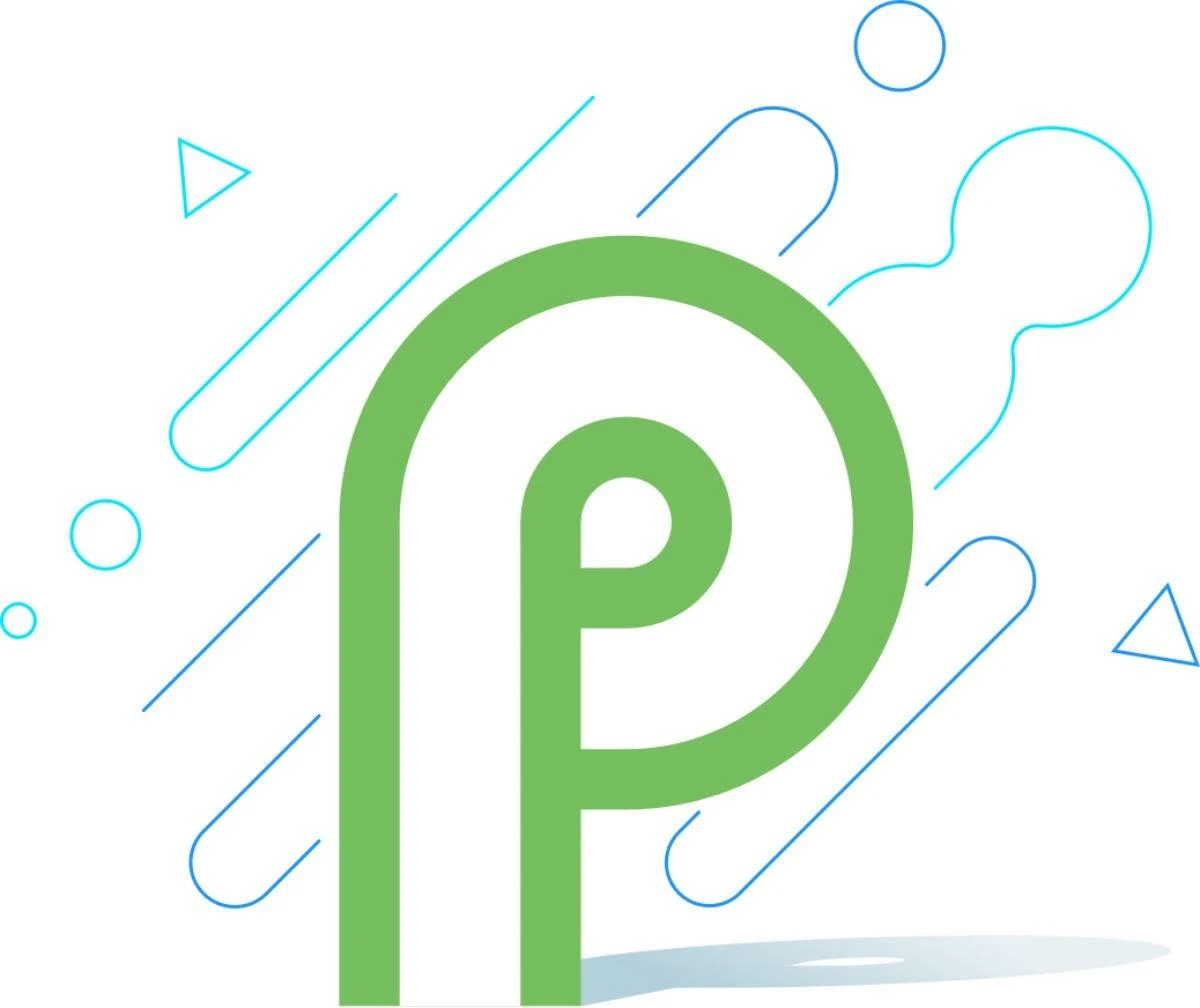Google has today announced Android P, which won’t get a real name or version number at the moment due to the fact that this is an early baseline build for developers only.
Like Android Oreo, the P release doesn’t come with a lot of major feature additions. There are several notable additions, and then a massive number of small tweaks and API changes for developers.
Probably the most interesting change is native support for screen cutouts and notches. Devices like the Essential Phone and Asus ZenFone 5 are already sporting notches, the latter of which is basically an iPhone X clone. In Android P, Google will provide the necessary tools for developers to work with the notch rather than against it.
Icons in the status bar won’t be clipped, and apps can move content around a phone’s notch without relying on each OEM to release an API. It supports various notch designs including the Essential U-shape and bars more like the iPhone X.
The quick settings and notification UI is new in Android P — the same pieces are still there, but everything is rounder. Google moved the clock to the left side of the status bar, too. Messaging notifications will also get an overhaul with more rich content like image previews and smart replies. This is an expansion of the direct reply feature from Nougat that lets you input a reply manually right from the notifications.
The addition of IEEE 802.11mc in Android P allows phones with compatible Wi-Fi antennas to do what’s called Wi-Fi Round-Trip-Time (RTT). Without even connecting to networks, your device can measure how long it takes for signals to pass between you and an access point. With at least three nearby APs, apps can determine your indoor location to within 1-2 meters. This feature still requires location permissions at the system level in order to preserve your privacy. RTT could be used in home automation apps or to enhance voice input with contextual information.
Background services will see changes in Android P as well. For one, Google will block access to sensor data including the microphone and camera. This is a privacy measure to keep sketchy apps from snooping in the background. Apps plugged into the Android JobScheduler for background operations will also gain the ability to manage data cost when batching operations. For example, carriers can report when a network is congested or unmetered, allowing apps to complete big downloads in the background at more logical times.
Android P includes a myriad of smaller tweaks like a new neural network API, autofill improvements, and a multi-camera API. The APIs are still far from final, so developers shouldn’t get too comfortable with how things work right now.

You can download the Android P developer preview right now, but you need a first- or second-generation Pixel phone to flash the first developer preview. The Pixel C and 2015 Nexus phones are no longer supported in this preview.
The developer preview comes as a system image or an OTA file. An automated Android beta isn’t supported yet, meaning you will need the Android SDK on your computer and drivers to recognize the phone. A system image can flash the phone to Android P from any old software, but it requires an unlocked bootloader.
The OTA can update from current stock software only, but it doesn’t need an unlocked bootloader. In both cases, you need to download the file from Google and install it via the SDK tools.
If you wait a month or two, Google will open up the beta program so you can more easily experience a somewhat stable version of the OS. There will be five developer preview releases between now and the final release in Q3 2018 (that’s also when we learn the version number and name).
That’s about the same time as all the recent Android releases. That version will launch on the new 2018 Pixel phones and will roll out as an update to the 2016 and 2017 Pixels.



